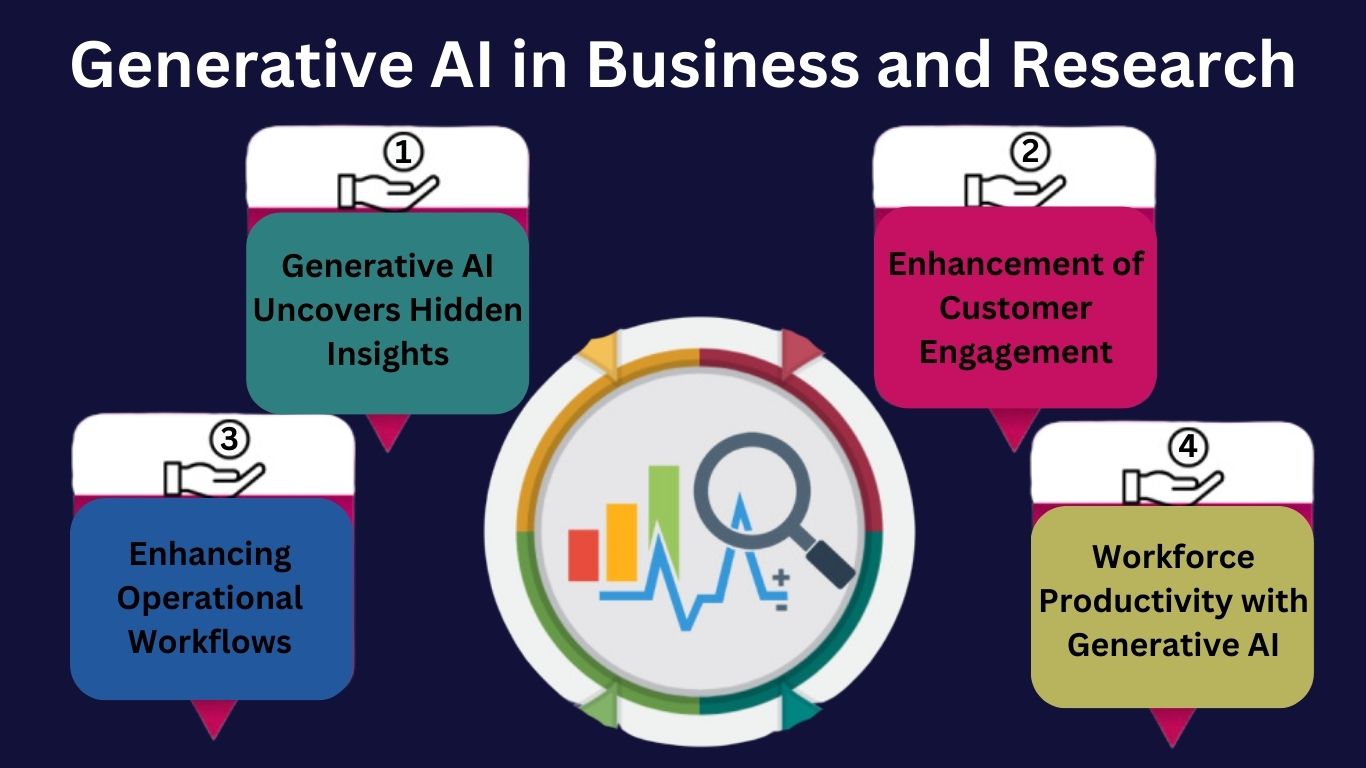Taking a Closer Look at AI and Its Impact
Artificial Intelligence is a game changer for industries by enhanching automation, improving decision-making, and enabling innovations that were impossible with traditional methods. From virtual assistants to self-driving cars, AI is becoming a part of our everyday lives. Companies around the world are integrating state-of-the-art models of AI into their workflow taking to take the next challenge in the breakthrough of technology. But this also brings its own set of challenges, including ethical dilemmas, market competition, and issues of accessibility.

In this article, we will look at some of the most recent AI trends, breakthroughs, and tools that are giving shape the future. So, let us begin!
The Evolution of AI Models
-AI has transformed from simple rule-based systems to complex neural networks that can understand and generate human-like content. Some of the changes are:
-Advanced language models can generate and comprehend text with near-human accuracy, making them useful for chatbots, virtual assistants, and content creation.
-Multimodal AI processes various types of inputs, including text, images, and audio, which increases its real-world applications in industries like healthcare and entertainment.
-Extended context windows enable AI models to remember more details and preferences over long interactions, improving their ability to handle complex queries and reasoning tasks.
Open-source AI models make the space of artificial intellignce more inclusive, challenging restricted models and fostering a more collaborative AI ecosystem.
Gemini 2.0
-Google's Gemini 2.0 is a significant milestone in AI development, offering improved efficiency and intelligence across various different domains.
-It provides advanced natural language understanding that makes it possible for Gemini 2.0 to process complex doubts and prompts with greater precision.
-Multimodal capabilities make it easy to analyze text, images, and audio, and it is thus useful for creative and analytical tasks.
-Larger context window helps in better retention of memory and results in more personalized and context-aware responses.
-Enhanced coding assistance helps developers by generating higly optimized and functional code for various types of programming tasks.
Flash Lite
-Google's Flash Lite is aimed at organizations that require powerful AI capabilities with affordable pricing.
-It is efficiently optimized and provides faster response times while also reducing the chances of mistakes.
-It is the perfect choice for startups and businesses that are looking for AI-driven solutions due to its reduced computational cost.
-Multimodal input support enables the processing of text, images, and structured data, thereby broadening its potential applications.
-Scalability features make Flash Lite a flexible solution for companies integrating AI into their workflows.
AI in Business and Marketing: How Seefunnel is Transforming the Entrepreneurial Landscape
-AI-driven marketing tools are changing the way businesses interact with customers, and Seefunnel is a prime example of this innovation.
-Automated customer engagement powered by AI chatbots streamlines interactions, improving response time and customer satisfaction.
-AI-driven analytics provide relevant insights into consumer behavior, helping businesses tailor their marketing strategies as per their needs and demads.
-Personalized advertising campaigns use machine learning to optimize marketing content and this leads to higher engagement and conversion rates.
-Real-time data processing enables businesses to adapt marketing strategies instantly, maximizing their return on investment.
To know more, sign up today-seefunnel
Ethical Challenges in AI Development
-As AI technology keeps on getting more and more advanced, ethical concerns must be taken into consideration to ensure responsible development and deployment.
-Bias in AI models may result in discriminatory outcomes, which require transparent data practices and bias mitigation strategies.
-Data privacy concerns arise as AI systems require vast datasets, which increase the risk of security breaches and unethical data usage.
-Job displacement fears raise the need for policies that promote workforce reskilling and adaptation to AI-driven industries.
-Regulatory frameworks are being developed globally to balance innovation with ethical standards, ensuring AI benefits society in a responsible manner.
Open-Source vs. Proprietary AI
-The competition in the AI sector is rapidly increasing between open-source AI models and proprietary models which are provided by companies such as Google.
-Open-source AI models are transparent, allowing developers across the globe to modify and enhance AI capabilities.
-Proprietary AI solutions provide high-performance reliability, though at a premium price and with restricted access.
-The success of the open-source model is forcing organizations to upgrade proprietary offerings.
-Corporate and open-source AI are moving forward together into the future through their respective methods to drive changes in the industries.
The Future of AI Innovation
-AI promises to bring the next wave of transformation in the coming years in various sectors driving innovation.
-AI is transforming the healthcare sector with robotic assistance in surgeries and AI- powered diagnostics.
-Autonomous AI agents are changing industries like cybersecurity, finance, and logistics by replacing complex decision-making tasks.
-Seamless AI-human collaboration is improving productivity, where AI acts as a co-pilot in creative and analytical professions.
-Responsible AI development will focus on aligning AI systems with ethical standards and societal needs.
AI is revolutinizing industries, businesses, and even life in record times. Open-source AI modeling is competing with proprietary modeling, accelerating progress and increasing the power and accessibility of AI. Ethical, data privacy, and jobs displacement challenges will continue to be hurdles but can be addressed by responsible AI development to make the most out of it.
As AI goes on to the next level of evolution, one must ensure it is used beneficially for humans. Whether a business, a healthcare application, or an ordinary use, it can improve what humans can achieve and solve pressing global issues.
